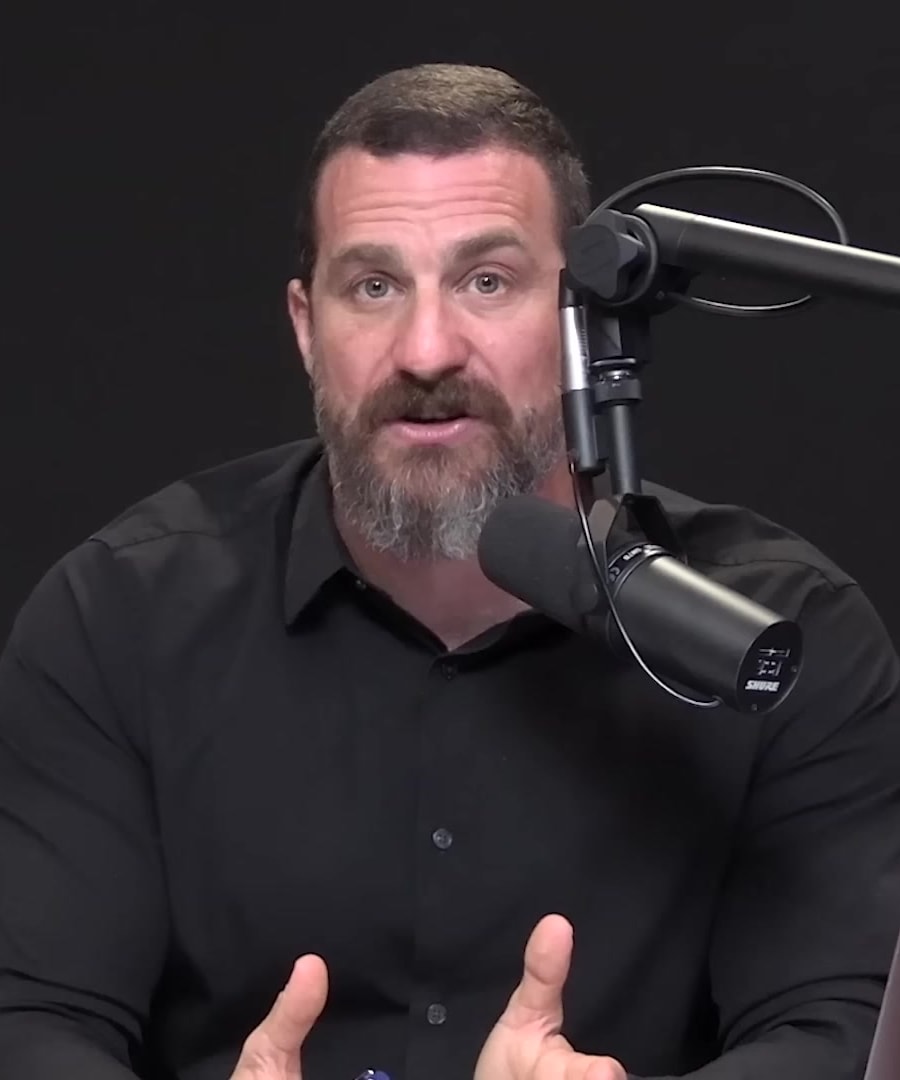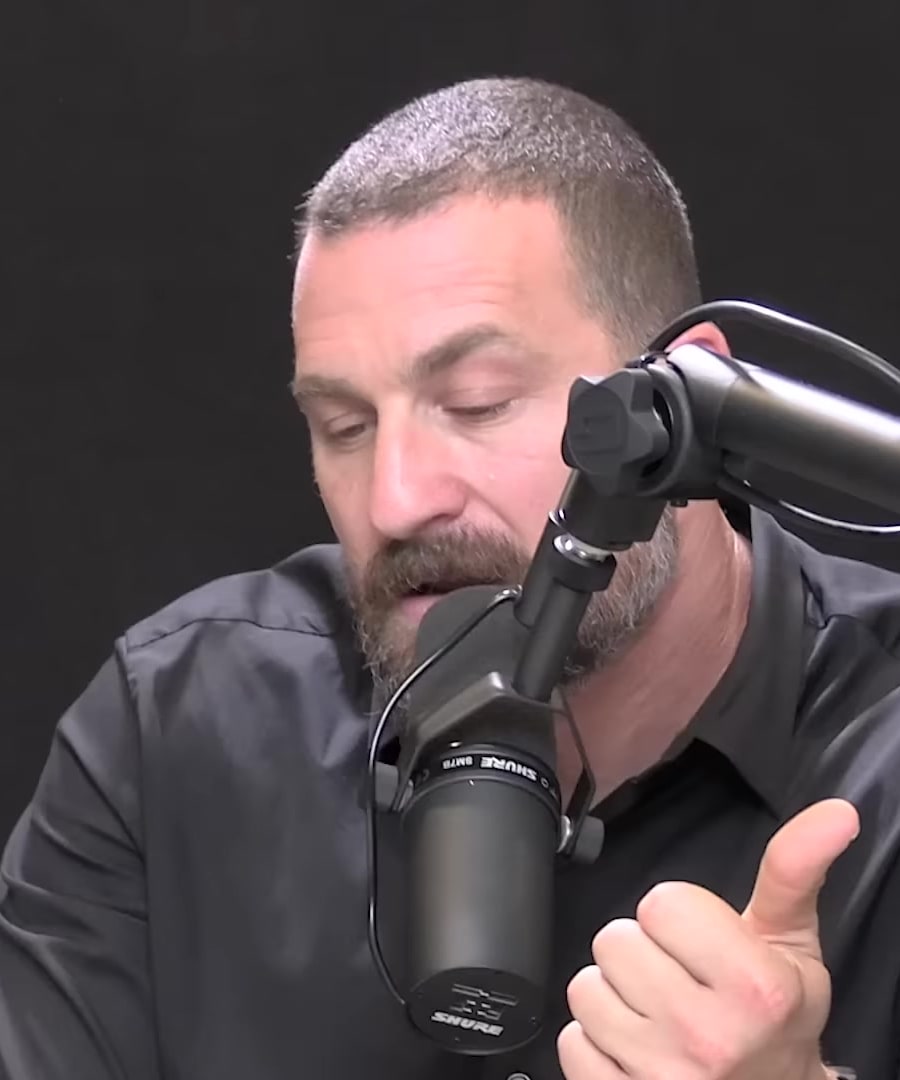How does oxygen move in body?
Sources:
Oxygen moves through the body in a fascinating and intricate process. Here's a concise summary:
-
Inhalation:
- You breathe in air, which fills the lungs and inflates small sacs called alveoli.
-
Transfer to Blood:
- Oxygen from the air moves from the alveoli into the bloodstream. The walls of the alveoli are extremely thin and surrounded by numerous capillaries, facilitating this exchange 1.
-
Transport in Blood:
- Oxygen binds to hemoglobin, a protein in red blood cells. Hemoglobin then carries the oxygen throughout the body, delivering it to various cells and tissues 1.
-
Role of Carbon Dioxide (CO2):
- Carbon dioxide, a by-product of cellular metabolism, is critical for oxygen delivery. When CO2 levels rise, neurons trigger the impulse to breathe, causing you to inhale more oxygen and maintain a balance between oxygen and CO2 levels 2.
-
Exhalation:
- When you exhale, CO2 is expelled from the body, maintaining the necessary balance for healthy tissue function 2.
This intricate balance between oxygen intake and carbon dioxide expulsion is essential for sustaining life and ensuring that tissues receive adequate oxygen without accumulating excessive CO2.
For more detailed information, you can listen to discuss these processes on the .
RELATED QUESTIONS-

